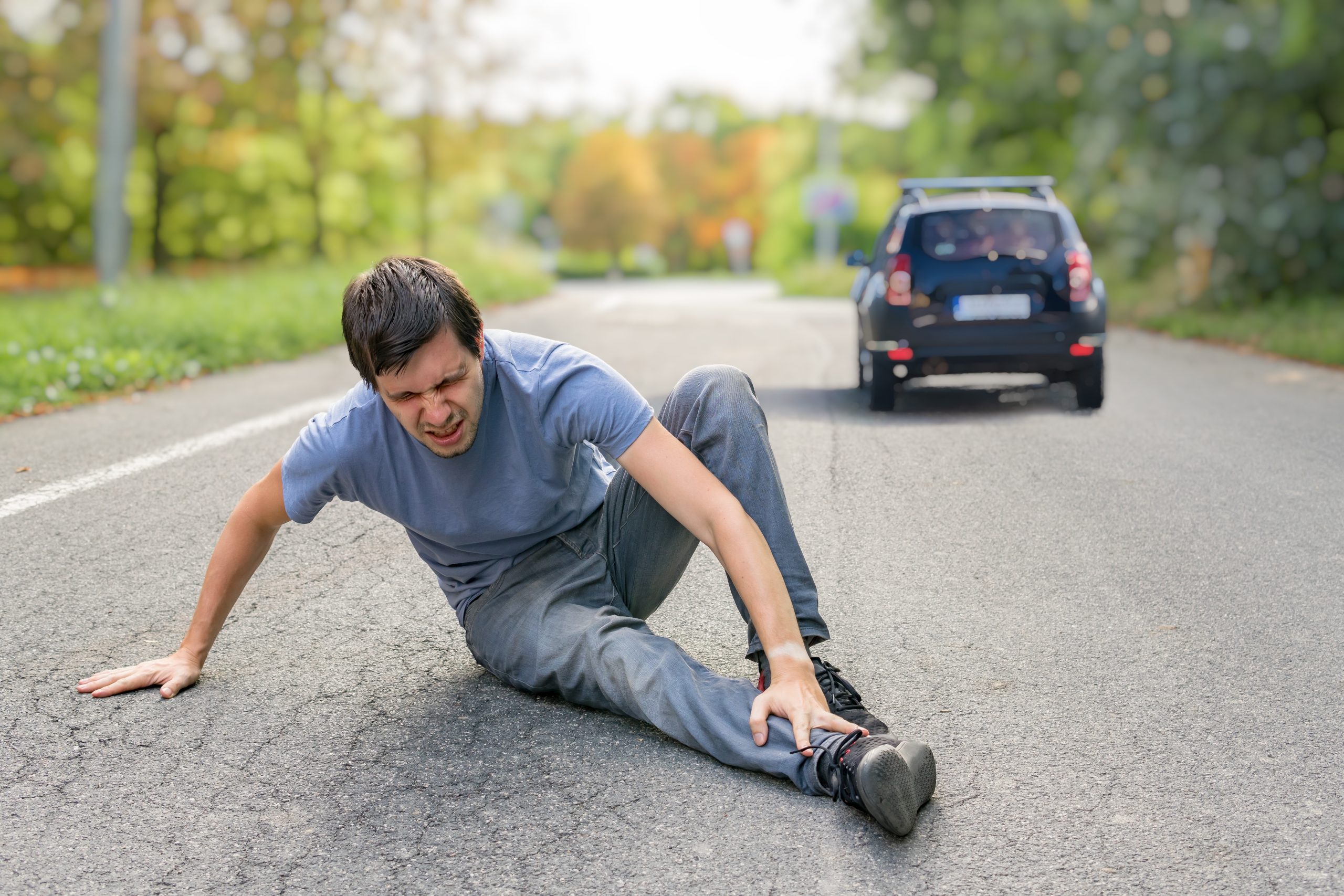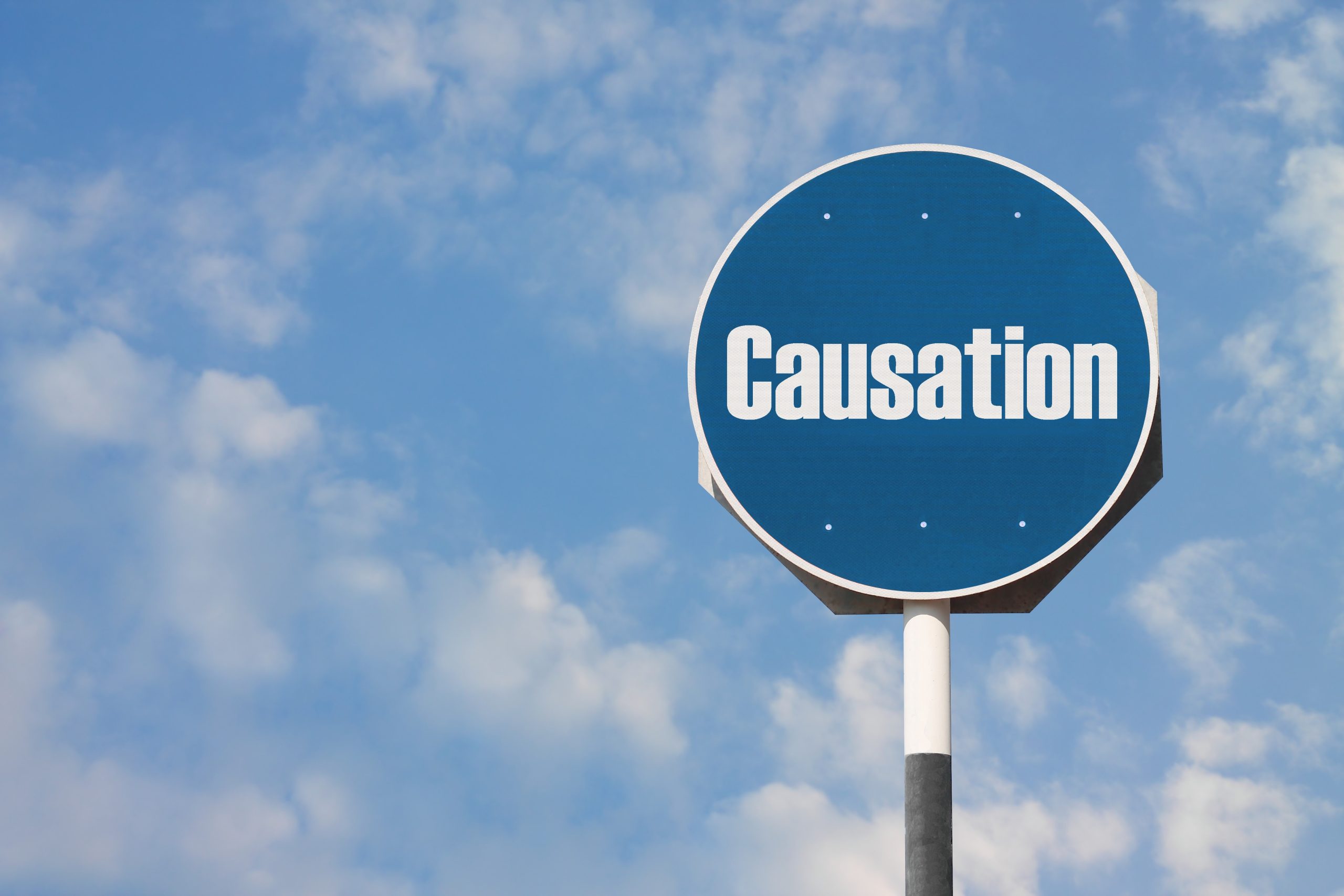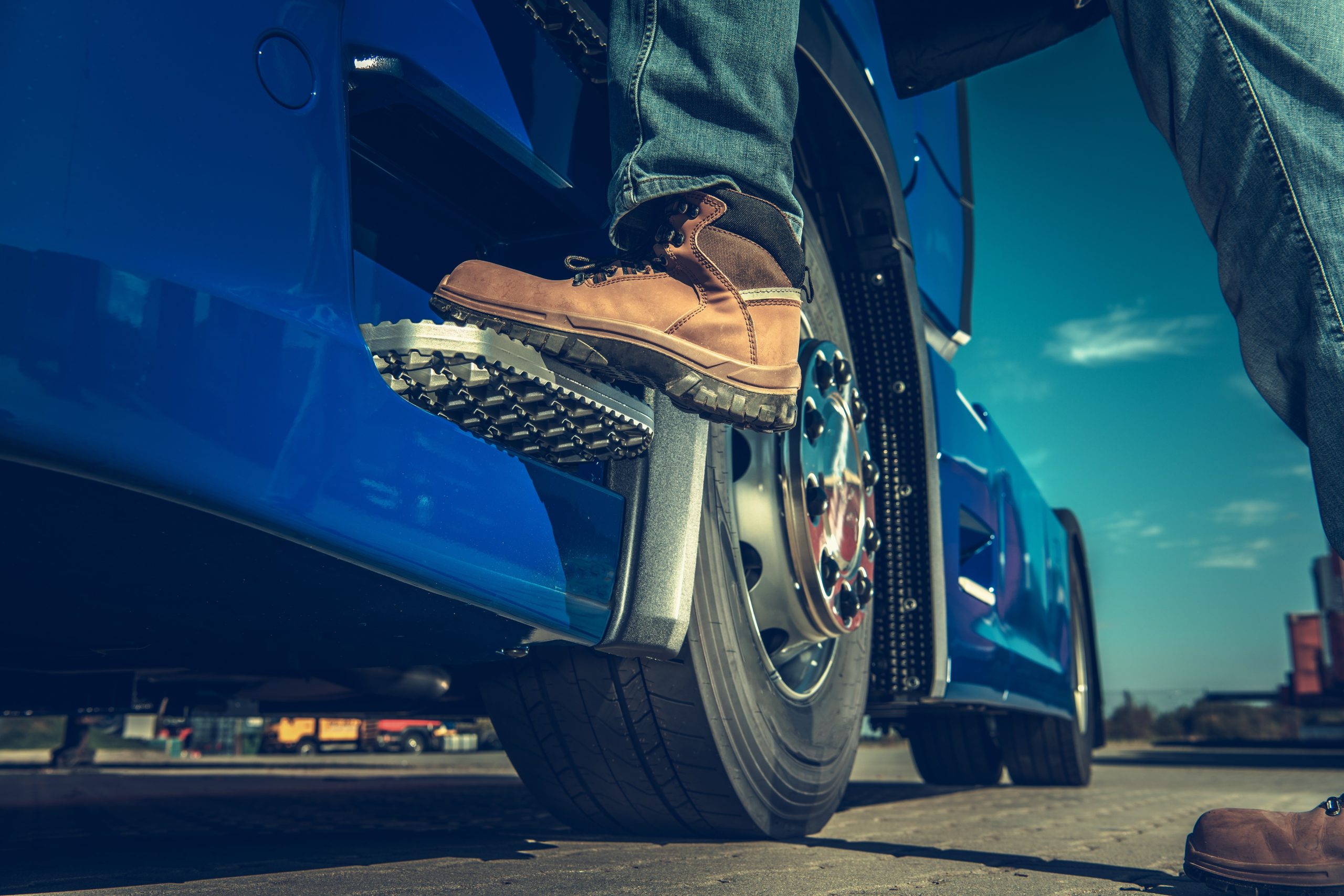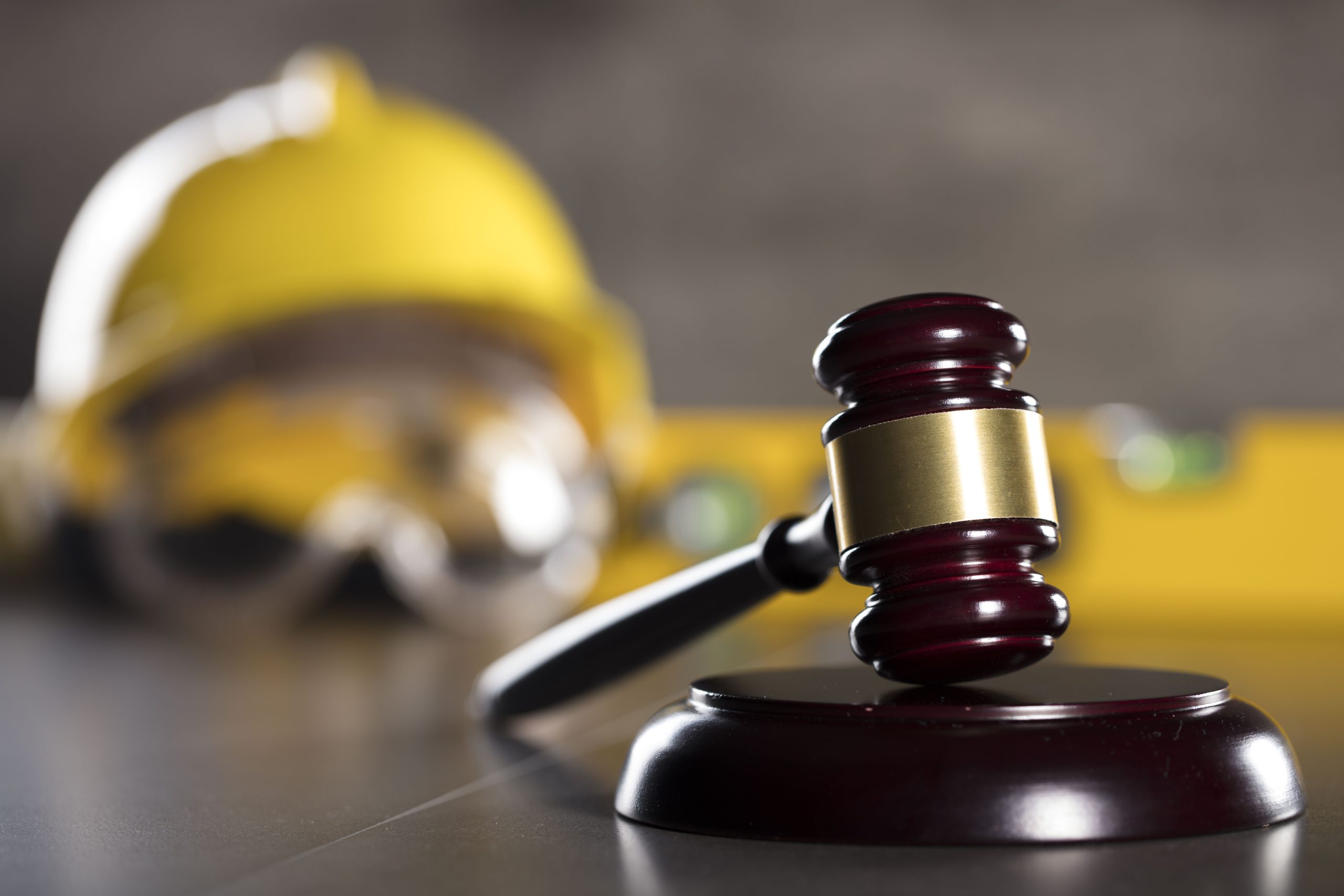How To Protect Yourself From Hit-And-Run Drivers
 The streets of New York State have become a battleground for a disturbing trend: hit-and-run collisions. In a perfect world, every motorist would adhere to the law, stopping and exchanging information after a collision. But alas, some drivers seem to have a knack for playing hide-and-seek with responsibility. They strike another vehicle, a cyclist, or even an innocent pedestrian, only to vanish into thin air, leaving victims stunned and vulnerable. As hit-and-run accidents increase in Western New York, it’s time to arm yourself with knowledge and protection. The renowned legal experts at the Dietrich Law Firm P.C. are sounding the alarm and urging you to join the ranks of the prepared. In this guide, we will unveil the secrets to safeguarding yourself from these evasive culprits so that you can confidently and safely navigate the roads.
The streets of New York State have become a battleground for a disturbing trend: hit-and-run collisions. In a perfect world, every motorist would adhere to the law, stopping and exchanging information after a collision. But alas, some drivers seem to have a knack for playing hide-and-seek with responsibility. They strike another vehicle, a cyclist, or even an innocent pedestrian, only to vanish into thin air, leaving victims stunned and vulnerable. As hit-and-run accidents increase in Western New York, it’s time to arm yourself with knowledge and protection. The renowned legal experts at the Dietrich Law Firm P.C. are sounding the alarm and urging you to join the ranks of the prepared. In this guide, we will unveil the secrets to safeguarding yourself from these evasive culprits so that you can confidently and safely navigate the roads.
Are You In Danger Of Being Involved In A Hit-And-Run?
According to the American Automobile Association (AAA), the following factors could increase your risk of being a victim of a hit-and-run accident:
 Buffalo Personal Injury Lawyer News
Buffalo Personal Injury Lawyer News












 Frustration behind the wheel is something most of us can relate to. Whether it’s a near-miss collision, an abrupt cut-off, or a blatant disregard for traffic rules, we’ve all experienced that surge of anger. However, what starts as a simple irritation can quickly escalate into a dangerous phenomenon known as road rage.
Frustration behind the wheel is something most of us can relate to. Whether it’s a near-miss collision, an abrupt cut-off, or a blatant disregard for traffic rules, we’ve all experienced that surge of anger. However, what starts as a simple irritation can quickly escalate into a dangerous phenomenon known as road rage. Discover the hidden epidemic sweeping our nation’s roads, threatening the lives of countless innocent individuals: drowsy driving. In a sleep-deprived society where the average American gets less than 7 hours of rest each night, the consequences can be dire. Astonishingly, despite the universal understanding that driving while drowsy is a recipe for disaster, a staggering 40% of drivers openly confess to embarking on their journeys in a fatigued state. Brace yourself for an even more alarming statistic: a shocking 20% of motorists, in the past year alone, have admitted to falling asleep behind the wheel.
Discover the hidden epidemic sweeping our nation’s roads, threatening the lives of countless innocent individuals: drowsy driving. In a sleep-deprived society where the average American gets less than 7 hours of rest each night, the consequences can be dire. Astonishingly, despite the universal understanding that driving while drowsy is a recipe for disaster, a staggering 40% of drivers openly confess to embarking on their journeys in a fatigued state. Brace yourself for an even more alarming statistic: a shocking 20% of motorists, in the past year alone, have admitted to falling asleep behind the wheel. Based on the crash data analysis of 200 cities across the United States, Buffalo, New York, ranked 148th concerning driver safety. The average local driver is involved in a car crash every 8 years. Considering that the average American driver is only likely to be involved in a collision once every 18 years, Buffalo drivers have more than double the risk of being involved in car accidents. If you find yourself in such a situation, it is essential to understand how the type of car accident you were involved in can impact your personal injury case.
Based on the crash data analysis of 200 cities across the United States, Buffalo, New York, ranked 148th concerning driver safety. The average local driver is involved in a car crash every 8 years. Considering that the average American driver is only likely to be involved in a collision once every 18 years, Buffalo drivers have more than double the risk of being involved in car accidents. If you find yourself in such a situation, it is essential to understand how the type of car accident you were involved in can impact your personal injury case. Each year, tens of millions of accidents occur throughout the United States, such as rear-end collisions and falls down the stairs.
Each year, tens of millions of accidents occur throughout the United States, such as rear-end collisions and falls down the stairs.  Every year, more than 4.7 million victims throughout the United States are bitten or attacked by dogs. Roughly 20% of those attacked by canines require urgent medical care. Although usually born good-natured, dogs can become mean if mistreated or in dire circumstances. Dogs also tend to be aggressive if they feel they are defending themselves or their owners. Many negative behaviors are caused by inadequate training, improper socialization, and lack of exercise. Certain diseases and genetic mutations can also cause canines to behave overly aggressively.
Every year, more than 4.7 million victims throughout the United States are bitten or attacked by dogs. Roughly 20% of those attacked by canines require urgent medical care. Although usually born good-natured, dogs can become mean if mistreated or in dire circumstances. Dogs also tend to be aggressive if they feel they are defending themselves or their owners. Many negative behaviors are caused by inadequate training, improper socialization, and lack of exercise. Certain diseases and genetic mutations can also cause canines to behave overly aggressively. The Dietrich Law Firm P.C.’s battle-tested attorneys have seen the devastating impact serious accidents can have on victims and, ultimately, their loved ones. After suffering severe injuries in a personal injury accident, it is not unusual for victims to have many unanswered questions. Our elite team has compiled a list of frequently asked questions and answers regarding injury claims. Below are our answers to the most common questions about accident claims.
The Dietrich Law Firm P.C.’s battle-tested attorneys have seen the devastating impact serious accidents can have on victims and, ultimately, their loved ones. After suffering severe injuries in a personal injury accident, it is not unusual for victims to have many unanswered questions. Our elite team has compiled a list of frequently asked questions and answers regarding injury claims. Below are our answers to the most common questions about accident claims. In a personal injury case, the plaintiff must prove the defendant was negligent by demonstrating liability. To accomplish this, the plaintiff must establish the four legal elements of negligence. Causation is the third legal element needed to prove the defendant’s negligence. The legal term causation refers to the causal link between the defendant’s conduct and the plaintiff’s damages. In other words, causation provides a crucial way to connect a specific action or inaction by the defendant with its effect on the victim. The defendant’s conduct must have led to the victim’s injuries to prove causation.
In a personal injury case, the plaintiff must prove the defendant was negligent by demonstrating liability. To accomplish this, the plaintiff must establish the four legal elements of negligence. Causation is the third legal element needed to prove the defendant’s negligence. The legal term causation refers to the causal link between the defendant’s conduct and the plaintiff’s damages. In other words, causation provides a crucial way to connect a specific action or inaction by the defendant with its effect on the victim. The defendant’s conduct must have led to the victim’s injuries to prove causation.  Operating a commercial vehicle is vastly different and more challenging than driving a passenger vehicle. Large trucks weigh up to 80,000 pounds and are often 30 times heavier than the average passenger vehicle. The massive size and weight of semi-trucks drastically exacerbate the impact and damage they can inflict in the unfortunate event of an accident. The stopping distances required for these enormous vehicles are considerably longer. Consequently, obtaining a commercial driver’s license is imperative because of the additional training and skills needed to operate a semi-truck safely.
Operating a commercial vehicle is vastly different and more challenging than driving a passenger vehicle. Large trucks weigh up to 80,000 pounds and are often 30 times heavier than the average passenger vehicle. The massive size and weight of semi-trucks drastically exacerbate the impact and damage they can inflict in the unfortunate event of an accident. The stopping distances required for these enormous vehicles are considerably longer. Consequently, obtaining a commercial driver’s license is imperative because of the additional training and skills needed to operate a semi-truck safely. Local municipalities, Erie County, and New York State have enacted various building codes and other standards to ensure public safety. These codes regulate the construction, repair, and maintenance of shopping malls, residential properties, and large office buildings. When building code violations and other property owner negligence occur, devastating personal injury accidents are bound to happen. Suppose you, or a loved one, were injured as a guest or visitor on someone else’s property. In that case, you may be entitled to pursue a premises liability lawsuit against the owner or other responsible party.
Local municipalities, Erie County, and New York State have enacted various building codes and other standards to ensure public safety. These codes regulate the construction, repair, and maintenance of shopping malls, residential properties, and large office buildings. When building code violations and other property owner negligence occur, devastating personal injury accidents are bound to happen. Suppose you, or a loved one, were injured as a guest or visitor on someone else’s property. In that case, you may be entitled to pursue a premises liability lawsuit against the owner or other responsible party.